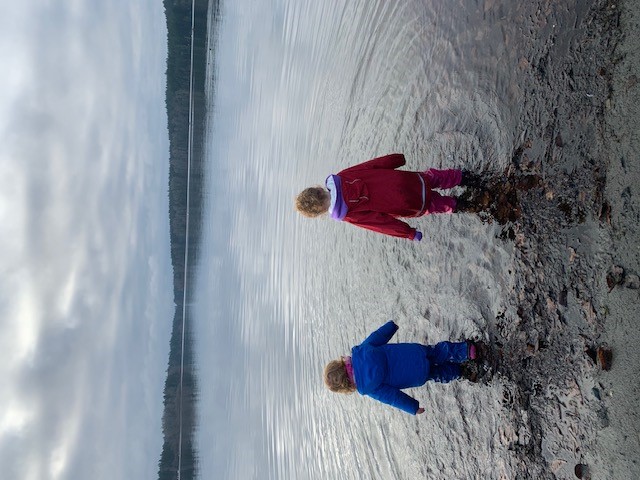Activity 3.3 | Common Worlding
Activity 3.3 | Common Worlding
Common Worlds
Common worlds framework
A framework that includes taking account of children’s relations with all the others in their worlds (B.C. Ministry of Education, 2019, p. 101).
“The notion of common worlds is an inclusive, more than human notion that helps us to avoid the divisive distinction that is often drawn between human societies and natural environments (Haraway, 2013; Latour, 2004). By re-situating our lives within indivisible common worlds, our research focuses upon the ways in which our past, present and future lives are entangled with those of other beings, non- living entities, technologies, elements, discourses, forces, landforms.”
(Common Worlds Research Collective).

Explore recent Common Worlding research projects
Consider
- How might you incorporate Common Worlding threads into your programming?
- How might you support educators in fostering a practice of commoning?
References
British Columbia Ministry of Education. (2019). British Columbia early learning framework. Ministry of Education, Ministry of Health, Ministry of Children and Family Development, & Early Advisory Group. https://www2.gov.bc.ca/gov/content/education-training/early-learning/teach/early-learning-framework
Common Worlds Research Collective. (n.d.). Research projects: Common Worlds Research Collective | Worlding, commoning, and inheriting. https://www.commonworlds.net/research-projects
Haraway, D. J. (2013). When species meet. University of Minnesota Press. https://doi.org/10.5749/minnesota/9780816650453.001.0001
Latour, B. (2004). Politics of nature: How to bring the sciences into democracy (C. Porter, Trans.). Harvard University Press.